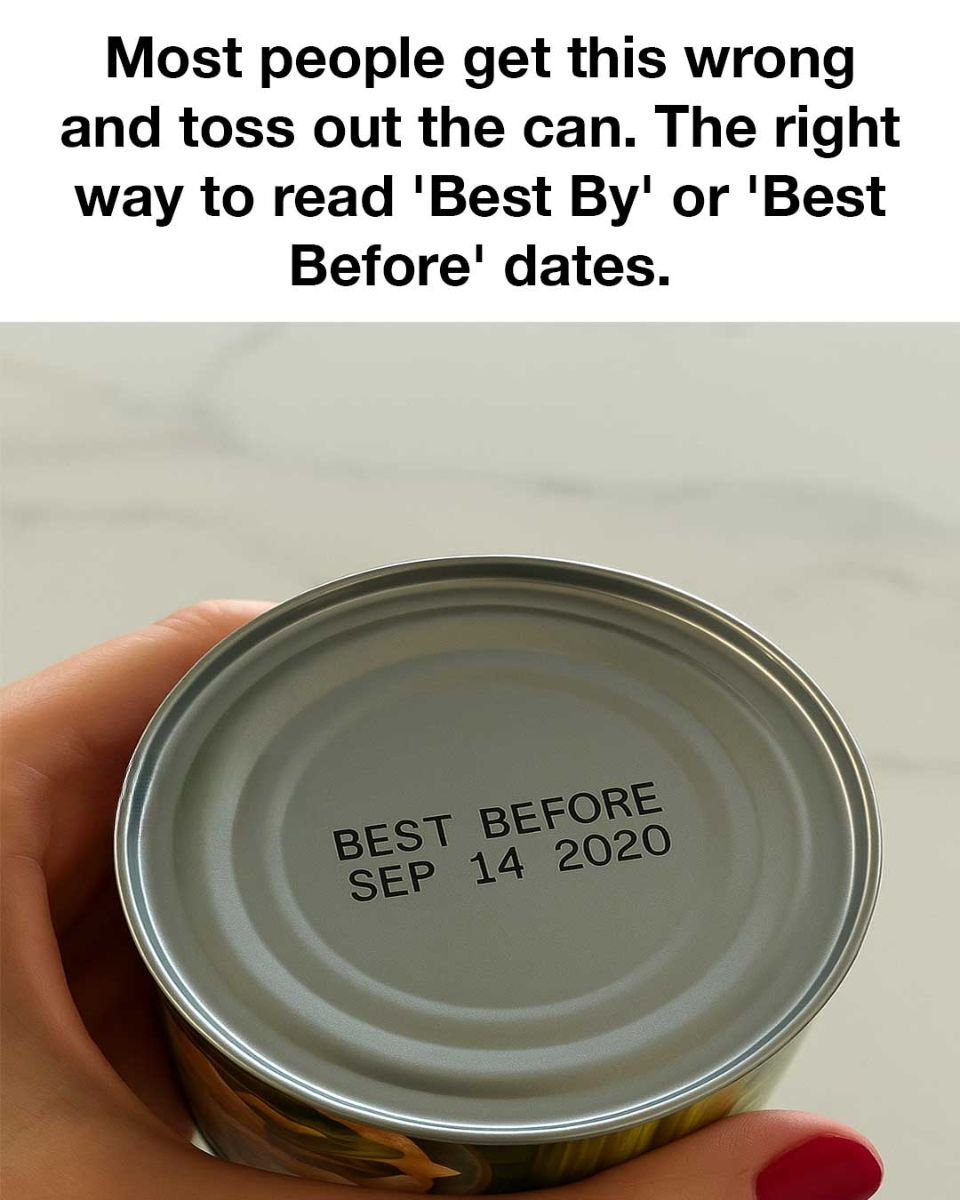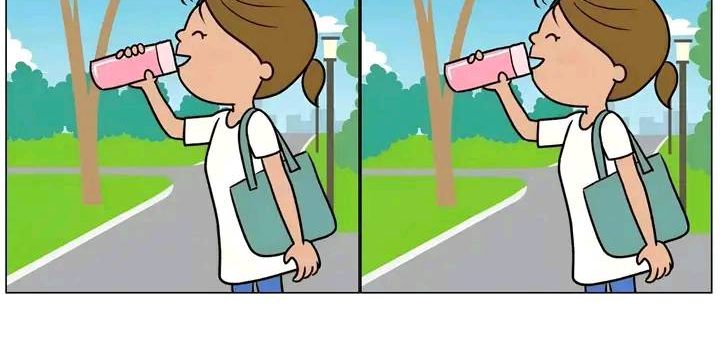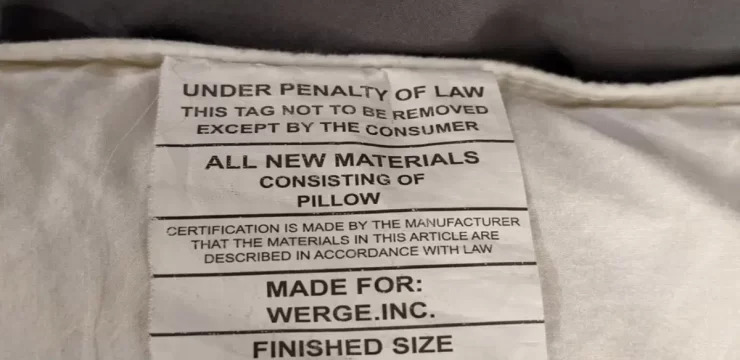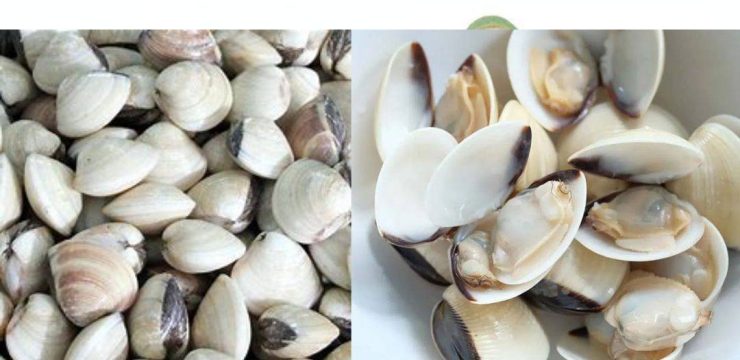In today’s world of packaged foods, it’s easy to assume that “Best By” or “Best Before” dates are hard expiration deadlines, but that assumption often leads to one major mistake—tossing out food that’s still perfectly safe to eat. These labels are everywhere, printed on everything from canned vegetables to boxed pasta, yet they’re widely misunderstood.

Contrary to popular belief, these dates are not meant to warn you that food is dangerous after a certain point. Instead, they indicate the timeframe when a product is expected to be at its peak in terms of flavor, texture, and nutritional quality. Unfortunately, many people misinterpret these labels and throw away food that’s still good, contributing to an already overwhelming problem of food waste in the U.S. Learning how to properly read and understand these dates—especially on canned goods—can help you waste less, save money, and become a more informed and responsible consumer.
The truth is, “Best By” dates are set by manufacturers based on what they believe is the ideal consumption period for their products. These dates are influenced by the type of food, the materials used in packaging, and the anticipated storage conditions. Except for infant formula, these dates are not regulated by the federal government, which means they’re advisory rather than mandatory. This is where much of the confusion comes in, as many people treat these dates like expiration warnings. One of the most common misconceptions is believing that food is no longer safe once it passes the “Best By” date.
While a product might lose some flavor or freshness over time, that doesn’t mean it’s unsafe to eat. This is especially true for shelf-stable foods like canned items, which are designed to last for years when stored properly. In fact, many canned goods are still completely fine long after their suggested dates if the can remains sealed and undamaged. To better understand food labeling, it’s helpful to know the difference between “Best By” and “Use By.” “Best By” is about optimal quality, while “Use By” is typically found on perishable items such as milk, eggs, and deli meats, and is more focused on safety. While you should be cautious with products marked “Use By,” especially those that spoil easily, “Best By” dates are much more flexible. For example, canned vegetables and fruits can often last one to two years past their “Best By” dates, and soups or stews can remain good for even longer.
The key to deciding if food is still safe lies in using your senses. Look at the can: if it’s bulging, rusted, leaking, or dented near the seams, don’t eat it. Open the can and smell the contents—if you notice a sour, metallic, or unpleasant odor, it’s best to throw it out. If it looks and smells fine, taste a small portion to ensure the flavor hasn’t turned. If the taste is off, don’t eat it. Your eyes, nose, and taste buds can tell you more than a printed date ever could. How you store your food also plays a huge role in how long it stays good. Canned goods should be kept in a cool, dry place—ideally between 50 and 70 degrees Fahrenheit. Avoid storing cans in areas with high humidity, like basements, or in warm spots like garages. Direct sunlight can also degrade both the can and its contents over time, so aim to keep your pantry dark and dry. Proper storage can extend the life of your food significantly. The impact of misunderstanding these labels goes beyond your kitchen. In the United States, more than 30% of all food produced is wasted, much of it because of incorrect assumptions about expiration dates. This not only wastes money but also places a burden on the environment, contributing to greenhouse gas emissions and filling up landfills with food that could have been eaten. To help reduce waste, start by rethinking how you view food dates. Remember that “Best By” is about quality, not safety. Use the FIFO (First In, First Out) method to rotate pantry items so older products are used before newer ones. Buy only what you truly need, especially when it comes to perishable goods, and if you find non-perishables nearing their “Best By” date that you don’t plan to use, consider donating them to a local food bank. Ultimately, understanding the real meaning behind “Best By” and “Best Before” dates—especially when it comes to canned goods—can make a big difference in how much food you waste, how much money you save, and how sustainable your household is. By using your senses, storing food properly, and knowing what those labels really mean, you can make smarter, more responsible choices every time you reach into your pantry.





